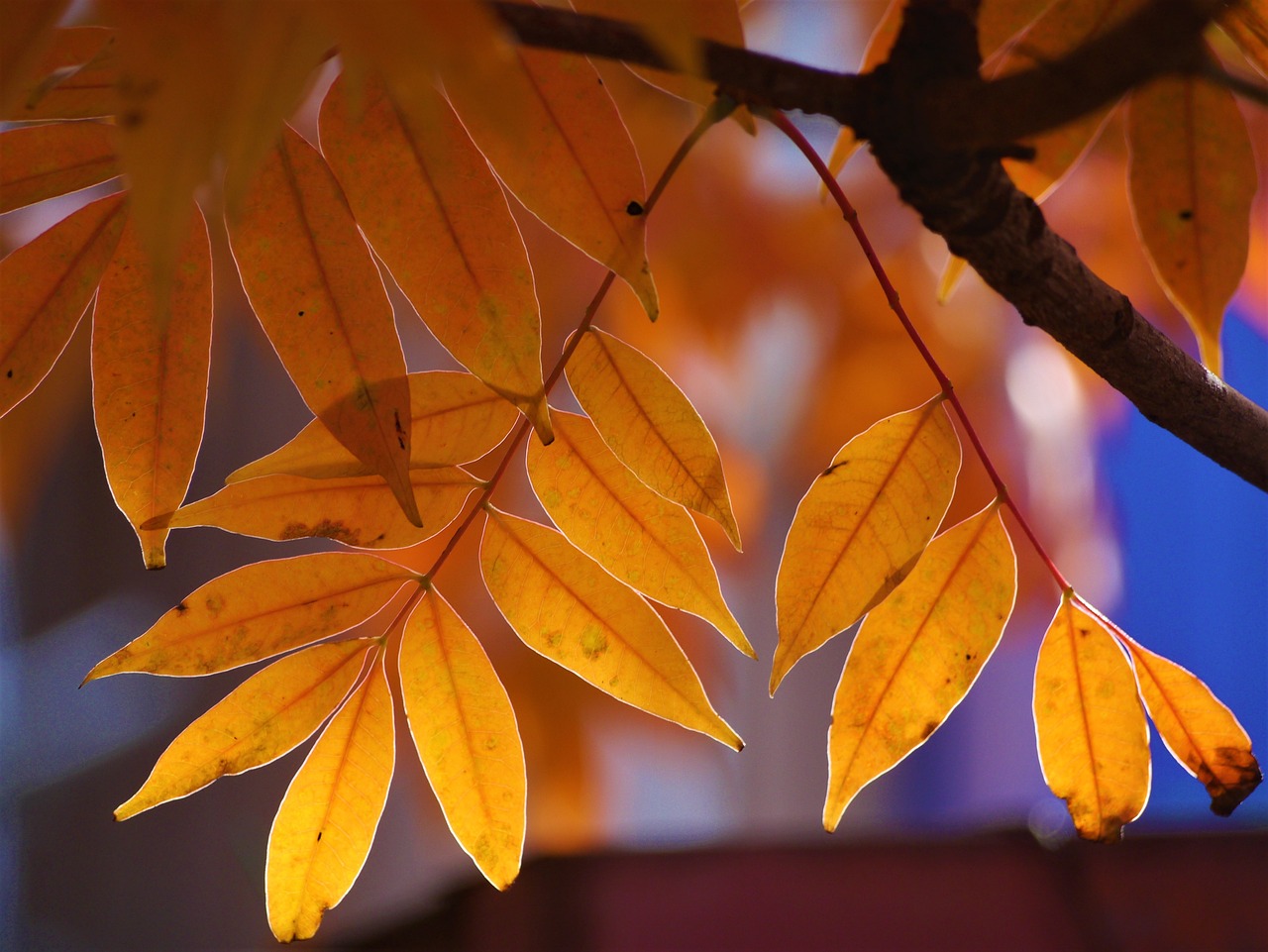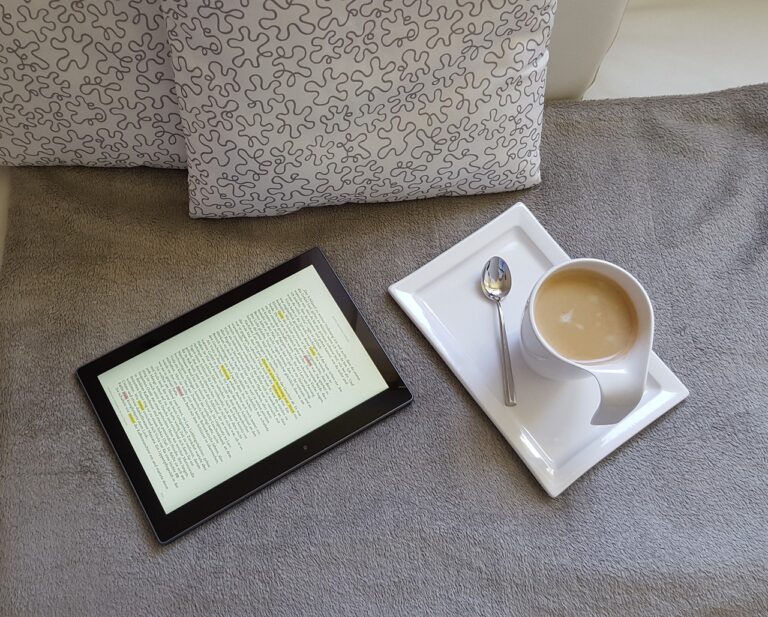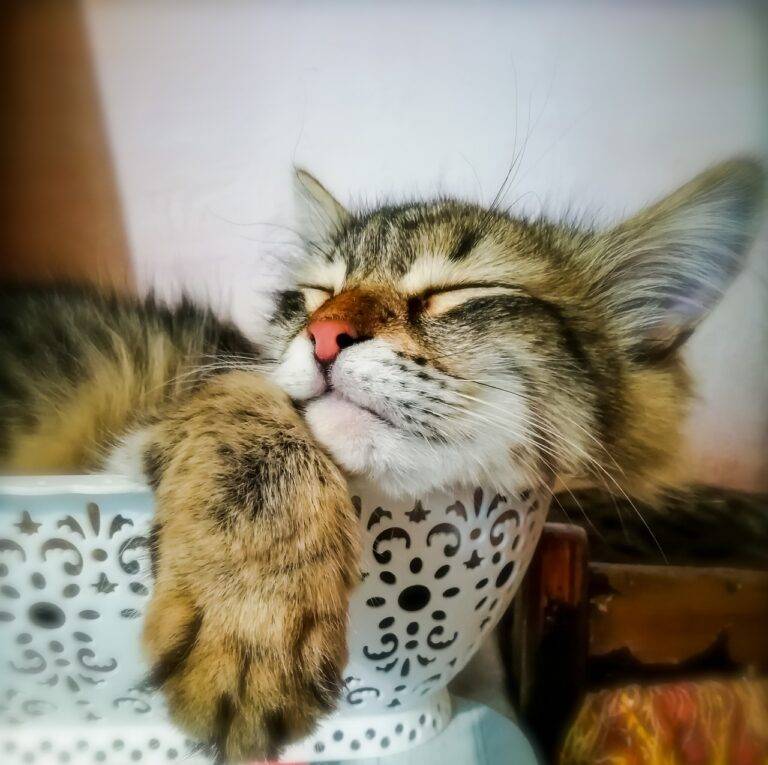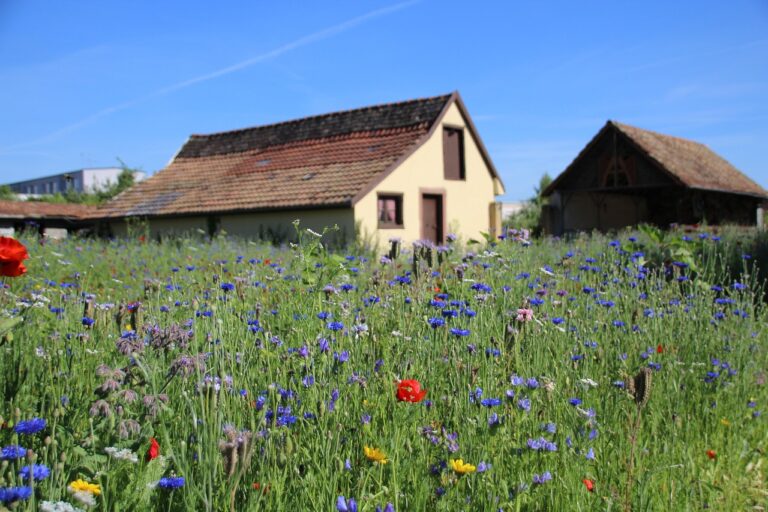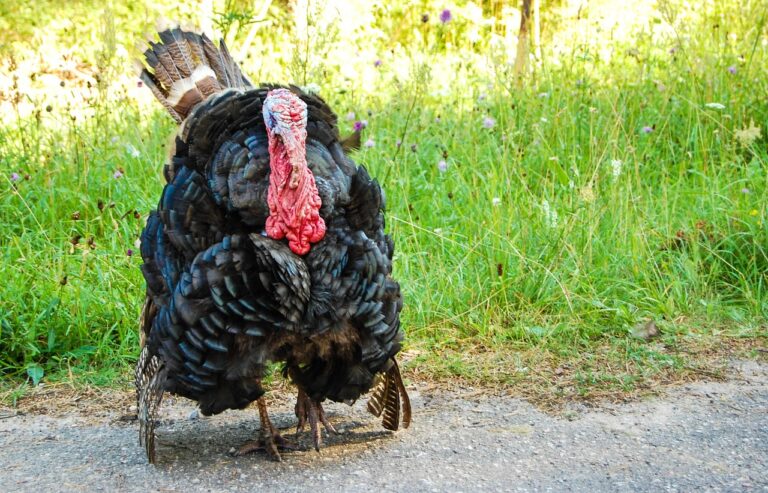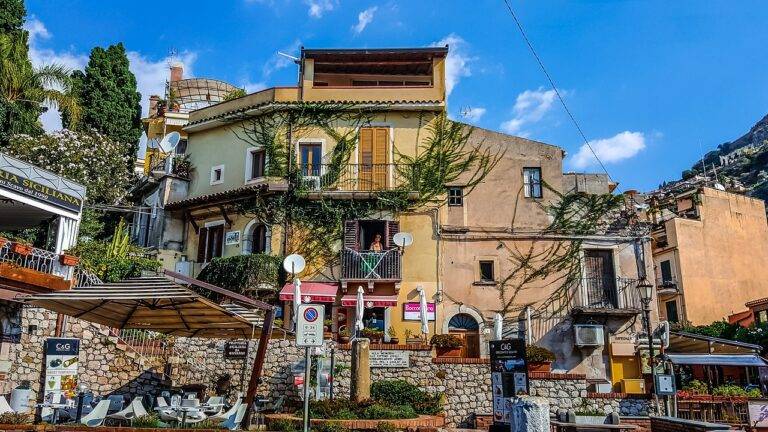Tips for Designing a Sustainable Garden
When planning your garden space, it’s essential to consider the layout and purpose of each area. Start by designating specific zones for different functions, such as a vegetable patch, a flower bed, or a seating area. Take into account factors like sunlight exposure, soil quality, and water accessibility to optimize the growth of your plants.
Additionally, envision how you want to move through the garden and plan pathways accordingly. Create pathways that not only serve a functional purpose but also enhance the aesthetic appeal of the space. Consider incorporating curves or interesting shapes to add visual interest and encourage exploration throughout your garden.
Choosing Native Plants
Native plants are an essential component of any successful garden. By choosing native plants, gardeners can create a habitat that supports local wildlife and promotes biodiversity. These plants are well-adapted to the local climate and soil conditions, making them easier to maintain and more resilient to pests and diseases.
When selecting native plants for your garden, consider factors such as sunlight requirements, soil type, and water needs. By carefully researching and planning your choices, you can ensure that your garden thrives with minimal intervention. Additionally, incorporating native plants into your garden design will help reduce the need for fertilizers and pesticides, promoting a more sustainable and environmentally friendly landscape.
What are some benefits of choosing native plants for your garden?
Native plants are well adapted to the local climate and soil conditions, require less maintenance, attract native wildlife, and promote biodiversity.
How should I plan my garden space when choosing native plants?
Consider the amount of sunlight and water the area receives, the type of soil, and the mature size of the plants to ensure they have enough room to grow.
How do I choose the right native plants for my garden?
Research native plants that are suitable for your region and match your garden’s conditions, such as light and soil requirements. Consider the plant’s water needs and maintenance level as well.
Can I mix native plants with non-native plants in my garden?
It is best to stick to native plants as they are more likely to thrive in your garden’s conditions and support local wildlife. However, you can incorporate non-native plants sparingly if needed.
How can I encourage pollinators to visit my garden with native plants?
Choose native plants that provide food sources for pollinators, such as nectar-rich flowers and host plants for caterpillars. Avoid using pesticides and provide water sources for pollinators.

